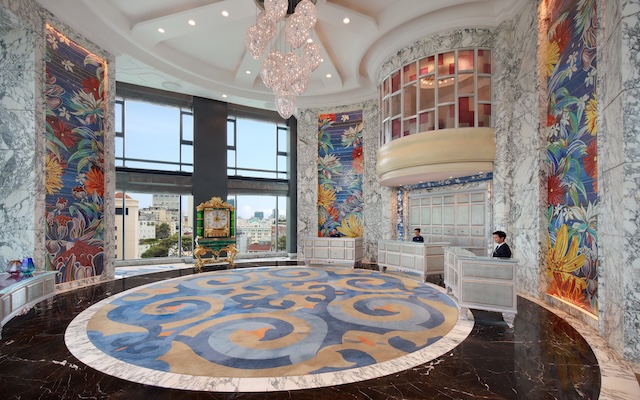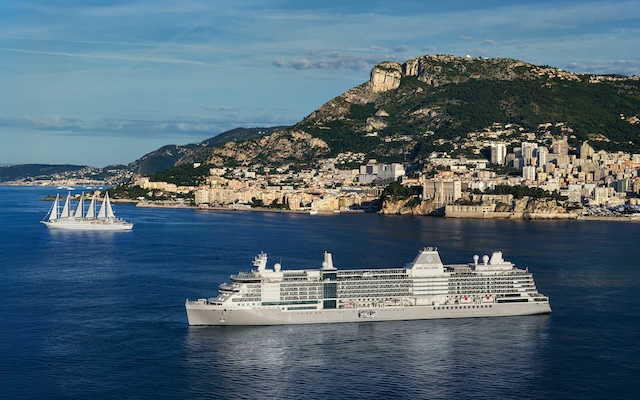Bangkok’s hospitality market is experiencing strong growth, largely fuelled by the luxury segment along the Chao Phraya River.
Speaking at the 14th Thailand Tourism Forum (TTF) 2025 at the InterContinental Bangkok, Jesper Palmqvist, regional vice president, Asia Pacific, STR, highlighted the resilience of Bangkok’s hotel market and how luxury hotels are playing a crucial role in shaping the city’s future.

“Bangkok has a long history of resilience that absorbs and adapts to new supply,” he noted, adding that the city’s hotel supply has grown by an average of three per cent annually since 2010, yet performance remains strong.
One of the most striking trends is the rise of riverfront luxury hotels. Compared to 2019, rates for Bangkok’s luxury segment have surged by 43 per cent, surpassing major destinations like London (34 per cent) and Singapore (37 per cent).
“Luxury in Thailand has grown very quickly. Today, 20 per cent of Bangkok’s luxury hotels are selling rooms at over US$300 per night. Half of those are by the river, which are really driving the market forward,” Palmqvist observed.
The Chao Phraya River and Silom areas have seen the highest concentration of new luxury developments, reinforcing Bangkok’s reputation as a premium destination.
While the supply boom peaked in 2022 to 2023, most planned rooms have now been delivered over 2023 to 2024, signalling a shift towards steadier growth.
Moving forward, smaller hotels with fewer rooms are expected to dominate new developments, except in the economy and mid-scale segments.
“Another general trend is that hotels and (developments) are built with fewer rooms. That’s a 15-year trend, since 2015. It’s only in economy that it’s not entirely true. But everywhere else, hotels are being built with fewer rooms,” he said.
Additionally, branded hotels are becoming more common, with 58 per cent of Bangkok’s luxury properties and 36 per cent of upper midscale properties now part of major chains.
“Hotel brands are growing their share of total supply across all classes in Bangkok. The only segment that’s behind is the economy segment. Everywhere else, it’s brands, brands, brands,” Palmqvist remarked.
Looking ahead, Palmqvist forecasted “muted but positive topline growth” for Bangkok’s hotel sector in 2025.
Occupancy levels for 1Q2025 are already 10 per cent higher than last year for river and Silom properties. However, rising labour costs remain a challenge as revenue growth slows.
“Bangkok hotel managers have worked hard to control labour costs over the past two years, but expenses continue to rise while revenue growth lags,” he said, adding that especially in the first two to three quarters of 2025, hotels need to “carefully balance costs and revenue”.
While rate growth is stabilising, overall performance remains strong. “Revenue per available room is still improving,” he noted.
Looking ahead, he emphasised that 2025 will be about maintaining this balance, and concluded that “hotel managers must manage labour costs wisely while capitalising on the luxury segment’s growth to sustain performance”.



















